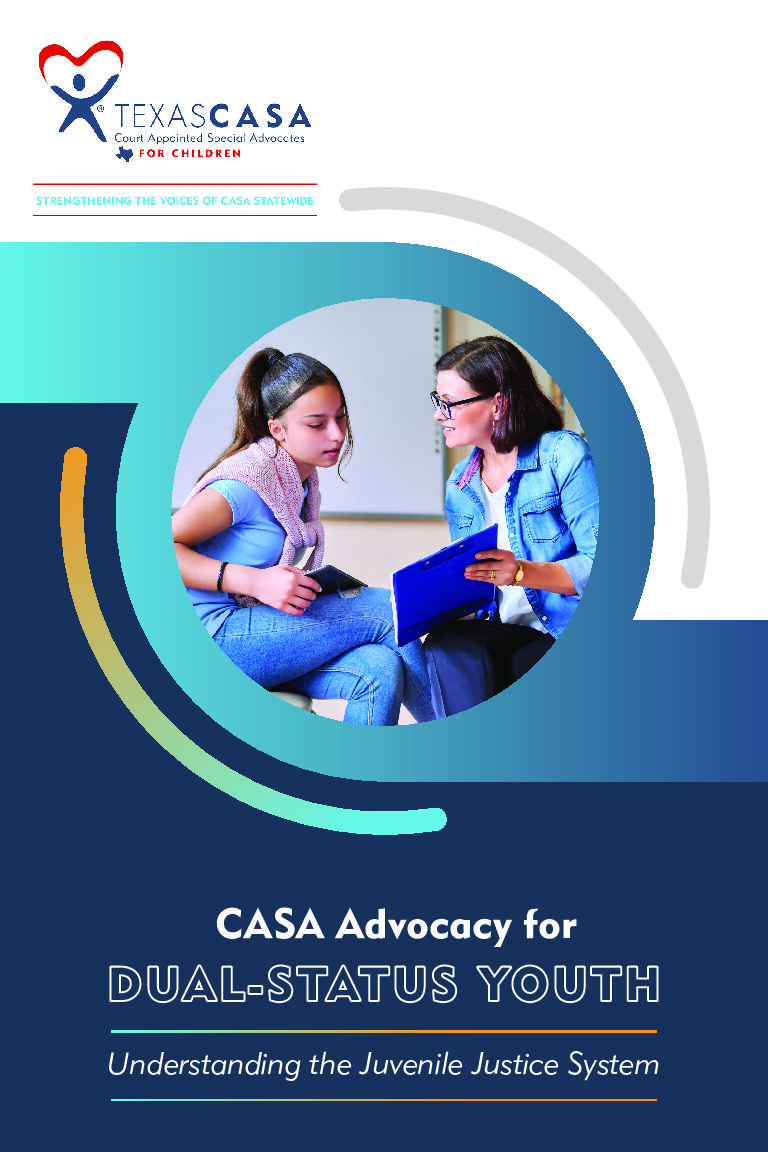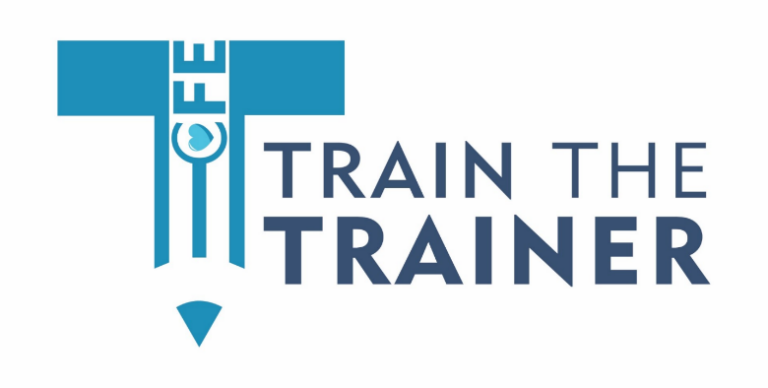Dual Status FAQ Handout
Children and youth who experience abuse or neglect are at a 47% greater risk of being involved with the juvenile justice system compared to the general population. Although prevalence is hard to quantify and dependent on the definition used for the population, it is estimated that anywhere between 45-75% of first-time juvenile petitions (offenses involving minors) involve youth with foster care involvement. And when we look closer, girls and African-American youth are disproportionately represented among youth involved in both systems.
Ninety-two percent of youth involved in both systems first experience foster care, and then become juvenile justice involved. Additionally, youth in foster care who enter the juvenile justice system have worse outcomes than their non-foster-care peers. Dual status involvement is associated with higher risks for mental health, education and vocation challenges, as well as higher rates of recidivism, longer stays in detention, placement instability and poor permanency outcomes.
Guardians ad litem (GAL) and CASA volunteers can act as a bridge between systems to support the kind of coordinated, trauma-informed, rehabilitating and healing approach that every child deserves. The GAL or CASA volunteer can get access to necessary information about the juvenile case from caseworkers and can submit information to the judge in the juvenile case with recommendations related to the youth’s best interest. Children and youth who are involved in both systems need a strong advocate who can speak up for them, take a compassionate approach, raise questions about services that seem duplicative and build relationships with juvenile judges, attorneys and probation officers.
To support this effort, we are excited to announce that Texas CASA recently published a Dual Status Frequently Asked Questions (FAQ) handout. The FAQ handout discusses how CASA volunteers can advocate for youth who are considered dual status. We encourage all CASA volunteers to learn more about dual status and how you can be appointed by both the child welfare court and juvenile justice court if the youth has an open case in both systems. Please click below to download the Dual Status FAQ.


